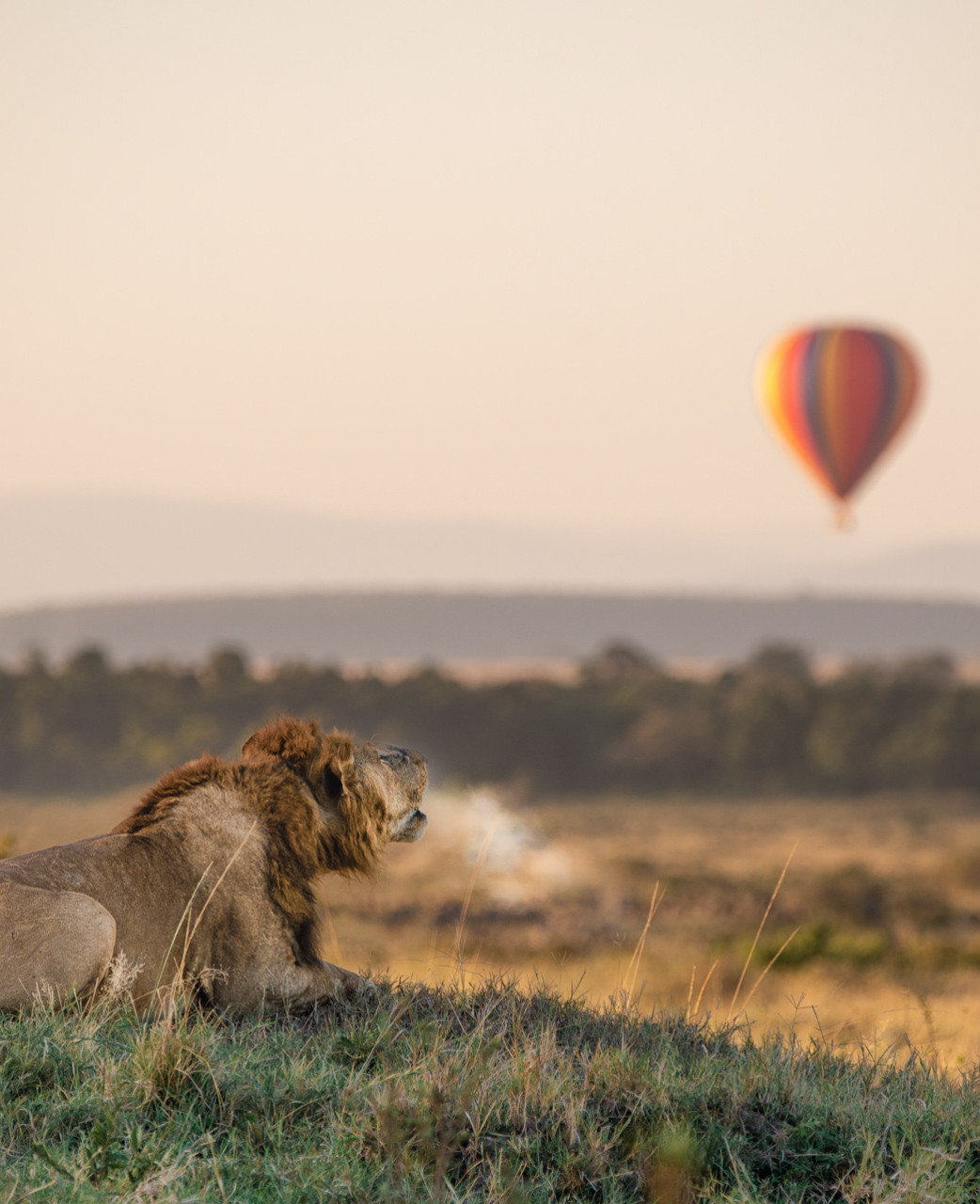Once you have ticked off Kenya’s classic safari destinations, why not venture further north, up through the Great Rift Valley? Here you will discover flamingo-filled lakes, dramatic landscapes, rich cultures and private ranches with pioneering conservation programmes. Northern Kenya presents a landscape of stark contrasts, characterised by vast arid areas that occasionally go without rain for months or even years. From craggy volcanic fields to sandy dune systems, the terrain is home to unique wildlife, such as blue-skinned Somali ostriches, that you won’t find anywhere else in Kenya.
Operated by the local Samburu community, Reteti provides a nurturing environment for orphaned elephants, offering them a second chance at life in the wild. Here, dedicated caretakers work tirelessly to rehabilitate and reintegrate the elephants into their natural habitat.
This is the result of a widely recognised and expanding grassroots movement of community-driven conservation across Northern Kenya that has the added benefit of encouraging economic activity within this remote community.
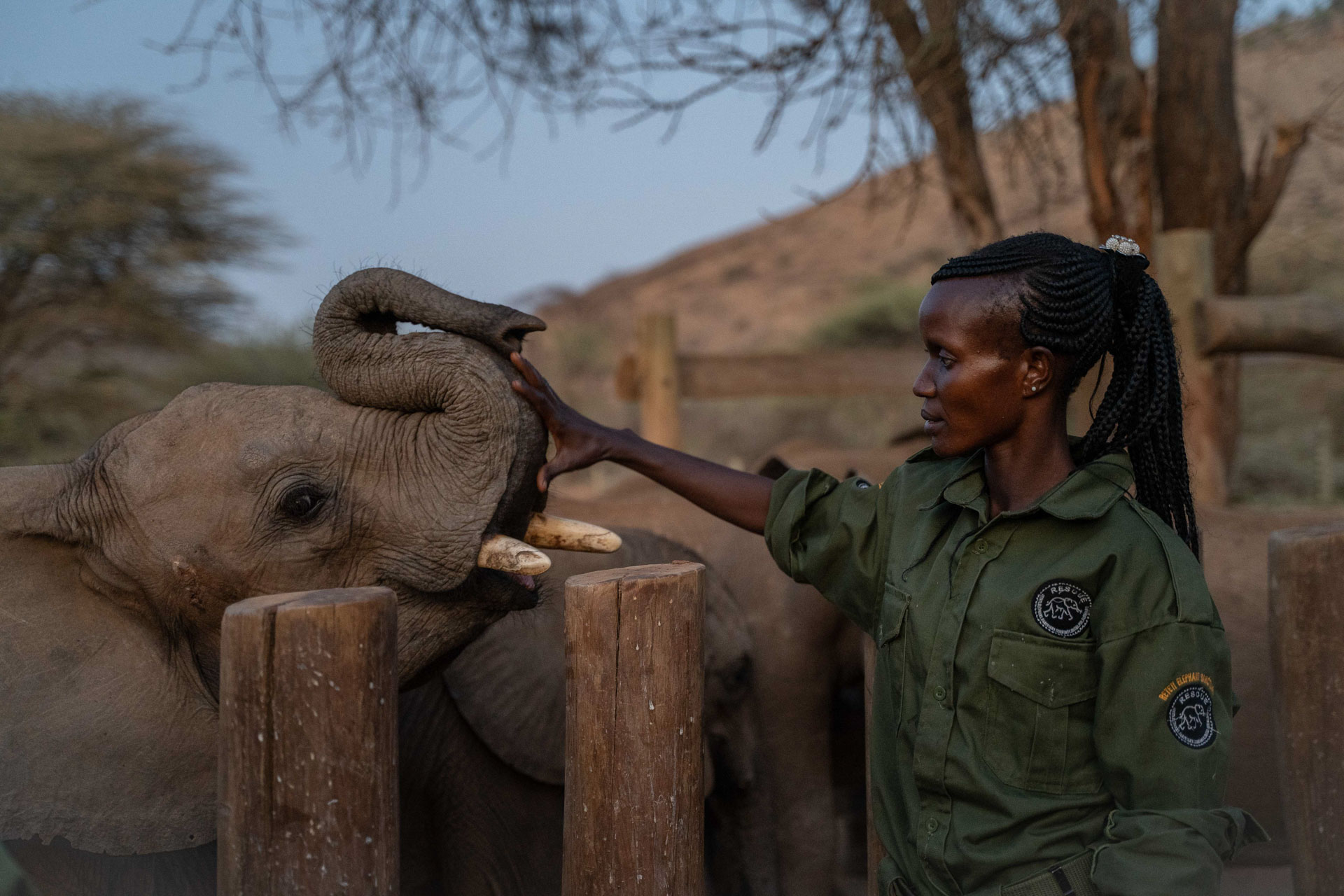
The eclectic animal collection known as the Northern Five comprises Grevy’s zebra, gerenuk, beisa oryx, Somali ostrich and reticulated giraffe. These are generally endemic to Kenya and neighbouring countries and are a special sight: the gerenuk’s long neck, the thin stripes of Grevy’s zebra and the odd shapes of the giraffe’s coat all wonderfully portray the diversity of East African wildlife.
Northern Kenya is a stronghold for the rare black rhino, with many ranches offering rhino tracking as a unique activity. Black and white rhino are critically endangered across the continent and thanks to conservation efforts here, are making an incredible and hope-filled comeback.

The northern tribes that call this area home are many, from the Maasai and Kikuyu people to the Borana, Samburu, Meru and Kalenjin communities. Rich cultural experiences abound.
The traditional way of life of the Samburu is well preserved, and visitors can sit in a dry riverbed at sunset and be treated to song and dance surrounded by a hundred lanterns.
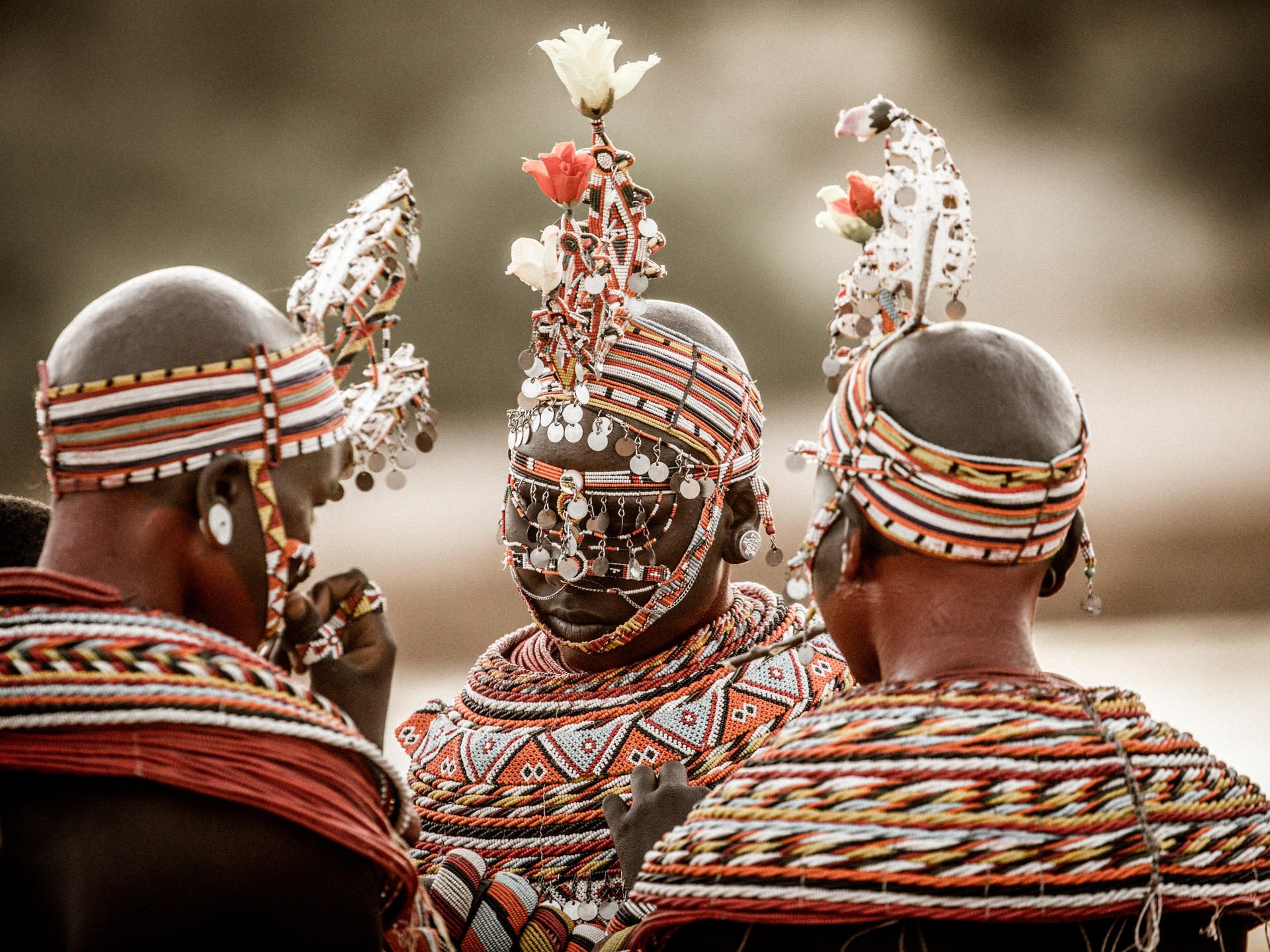
The jaw-dropping, remote landscapes of Laikipia are best explored from the air. Multi-day expeditions by helicopter along the Great Rift Valley are available, as well as a spectacular flight over the snows of Mount Kenya.
Being able to land in out-of-reach places and explore areas off the beaten track make this an incredible and unique experience not to be missed.
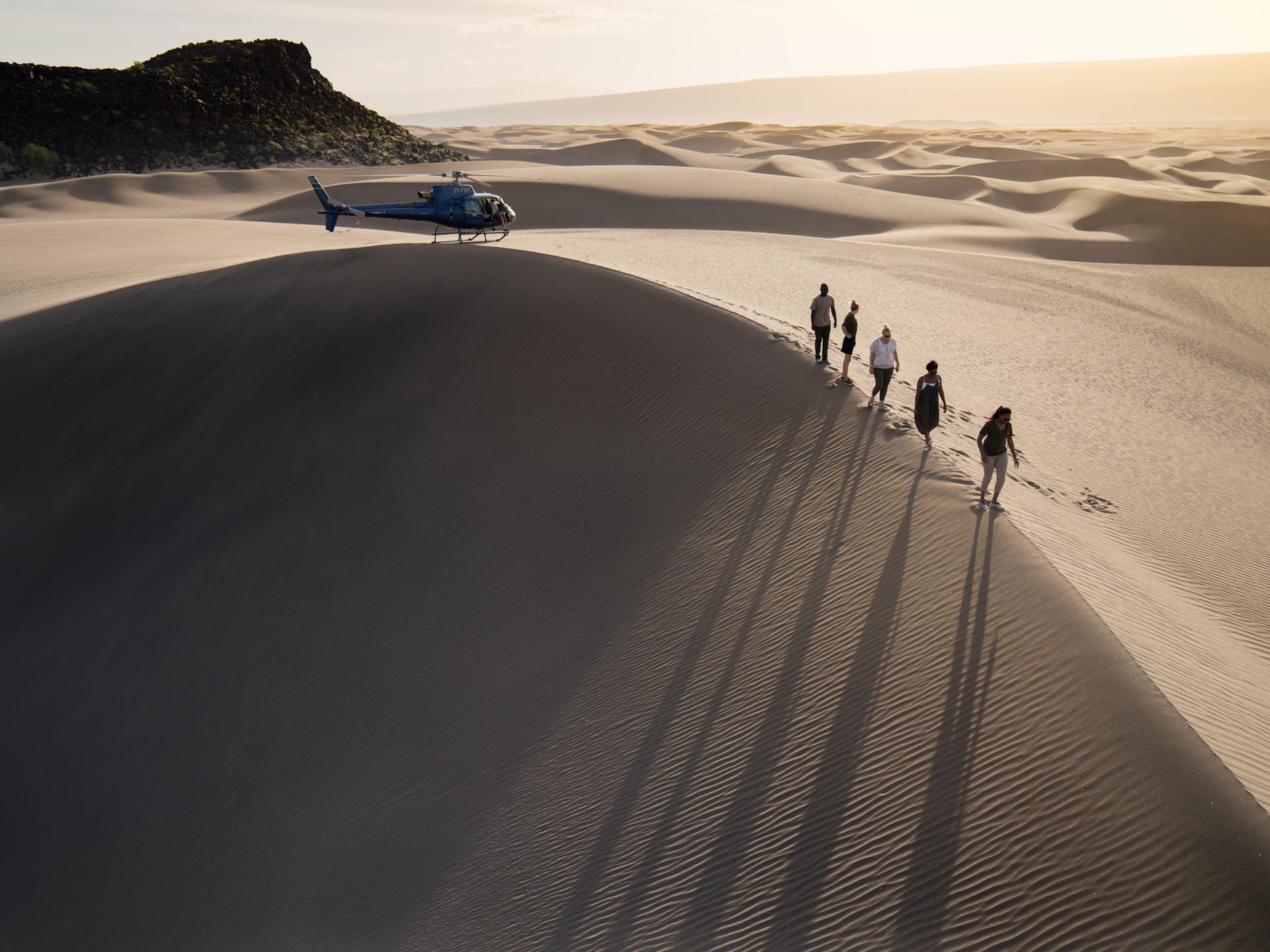
Operated by the local Samburu community, Reteti provides a nurturing environment for orphaned elephants, offering them a second chance at life in the wild. Here, dedicated caretakers work tirelessly to rehabilitate and reintegrate the elephants into their natural habitat.
This is the result of a widely recognised and expanding grassroots movement of community-driven conservation across Northern Kenya that has the added benefit of encouraging economic activity within this remote community.
The eclectic animal collection known as the Northern Five comprises Grevy’s zebra, gerenuk, beisa oryx, Somali ostrich and reticulated giraffe. These are generally endemic to Kenya and neighbouring countries and are a special sight: the gerenuk’s long neck, the thin stripes of Grevy’s zebra and the odd shapes of the giraffe’s coat all wonderfully portray the diversity of East African wildlife.
Northern Kenya is a stronghold for the rare black rhino, with many ranches offering rhino tracking as a unique activity. Black and white rhino are critically endangered across the continent and thanks to conservation efforts here, are making an incredible and hope-filled comeback.
The northern tribes that call this area home are many, from the Maasai and Kikuyu people to the Borana, Samburu, Meru and Kalenjin communities. Rich cultural experiences abound.
The traditional way of life of the Samburu is well preserved, and visitors can sit in a dry riverbed at sunset and be treated to song and dance surrounded by a hundred lanterns.
The jaw-dropping, remote landscapes of Laikipia are best explored from the air. Multi-day expeditions by helicopter along the Great Rift Valley are available, as well as a spectacular flight over the snows of Mount Kenya.
Being able to land in out-of-reach places and explore areas off the beaten track make this an incredible and unique experience not to be missed.




Kenya’s vast northern region is easily accessible by plane from Nairobi’s Wilson Airport. Whether at the start or end of your safari, the daily scheduled flights or your own private plane will get you there in no time at all.
For those wanting to combine Northern Kenya with a Maasai Mara safari, there is a good network of scheduled flights that allow for easy onward connectivity otherwise, a night in Nairobi is never a bad idea.
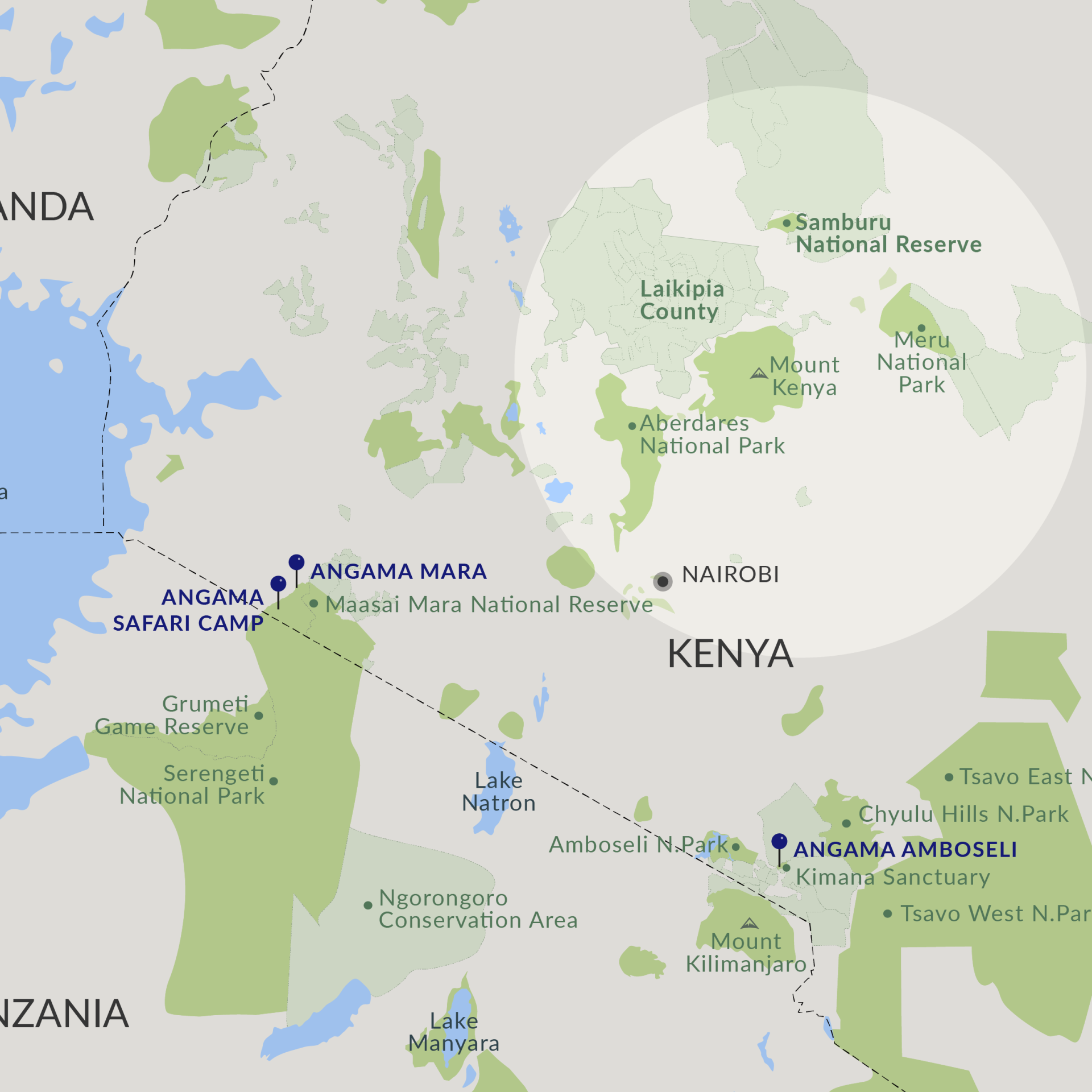
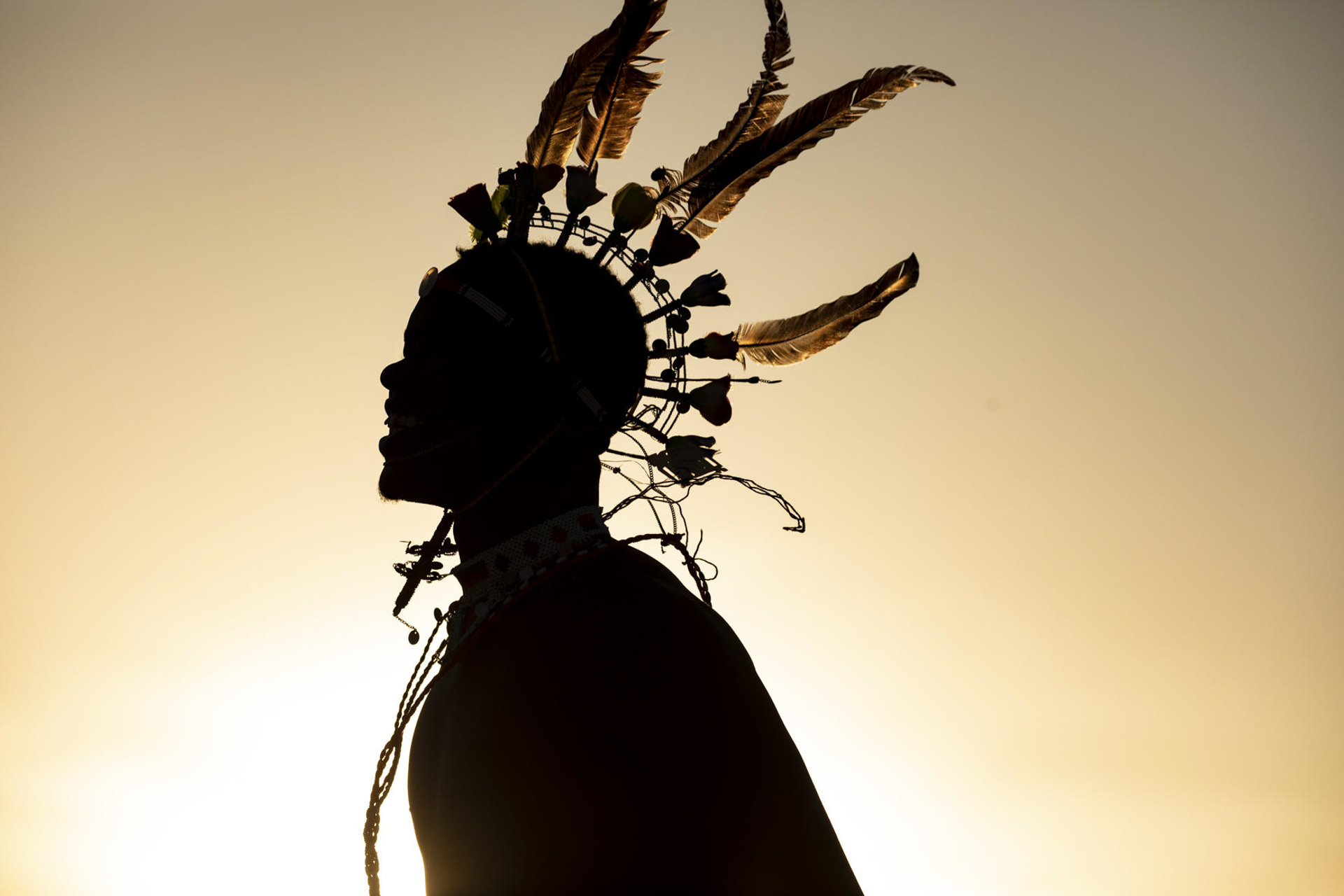

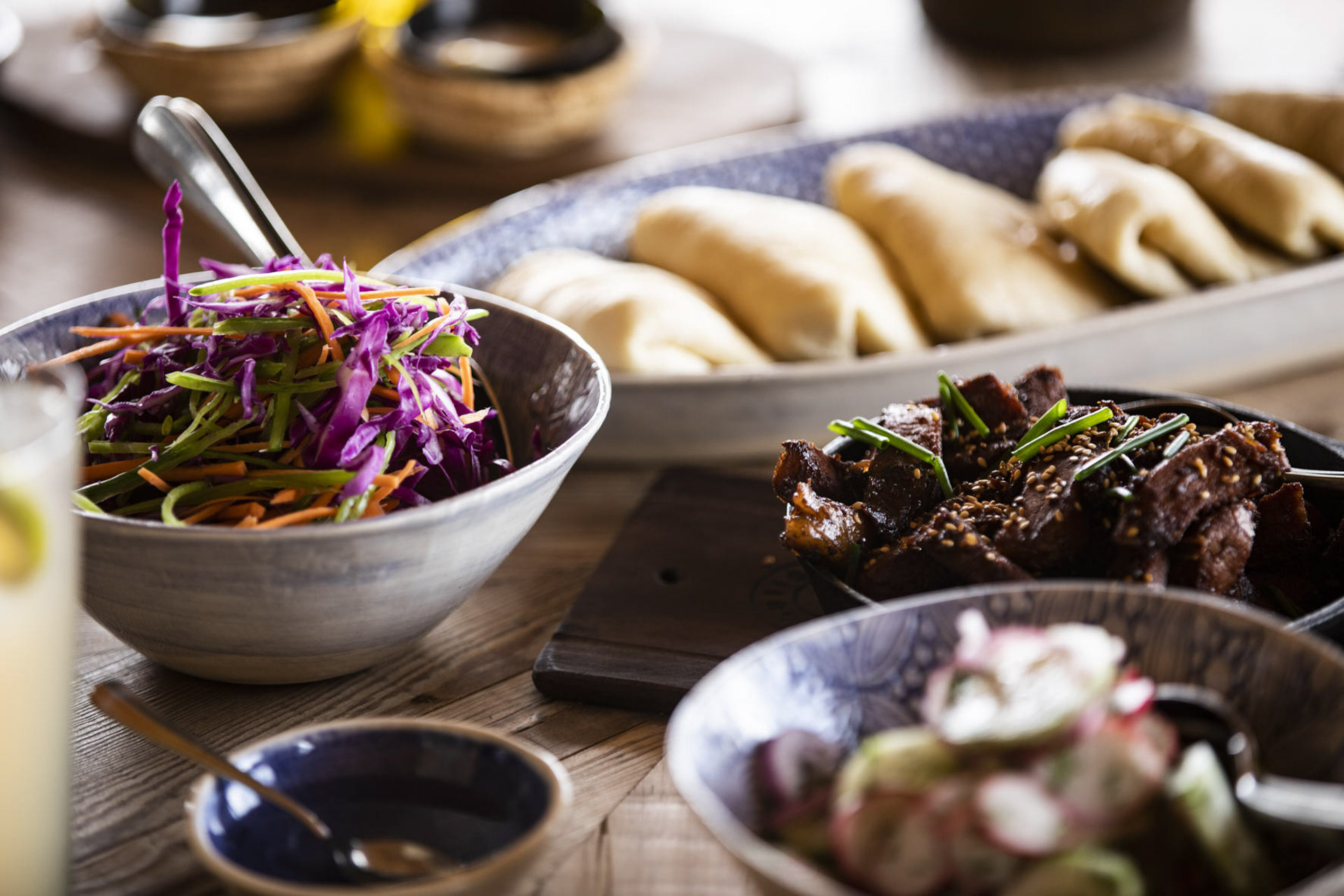


The climate in northern Kenya is typically arid and is characterised by hot temperatures and low rainfall, with variations across the region due to its diverse topography. We recommend packing plenty of layers as the days are hot and nights can be cold.
–Hot Dry Season (January to February): The warmest and driest time of the year, temperatures range from 30°C to 35°C (86°F to 95°F)
–Long Rainy Season (March to May): Temperatures average between 25°C and 30°C (77°F to 86°F)
–Cool Dry Season (June to August): Temperatures range from 15°C to 25°C (59°F to 77°F)
–Short Rainy Season (October to December): Temperatures average between 25°C and 30°C (77°F to 86°F)
Kenya’s vast northern region is easily accessible by plane from Nairobi’s Wilson Airport, or from the Mara if flying privately. Whether at the start or end of your safari, there are many daily scheduled flights available as well as the option to travel via private flight. There is a good network of scheduled flights between northern Kenya and the Maasai Mara which allows for onward connectivity.
There are no visa requirements for any traveller visiting Kenya.
To enter Kenya you will need:
–An approved Electronic Travel Authorisation (eTA). All foreign travellers, including infants and children, must have an approved Electronic Travel Authorisation (eTA) prior to travel to Kenya
–The eTA must be applied for through the online portal . Your eTA is valid for 90 days from the date of issuance
–An eTA fee is applicable for many nationalities including the US and UK
–An eTA is not required if you have a valid East African Tourist Visa (EATV) for travel to Kenya, Uganda and Rwanda
–A valid passport for at least six months from the date of entry, recommended with at least two blank pages (temporary passports will not be accepted)
–Passport holders from the following EAC countries are exempted from applying for an eTA: Burundi, Democratic Republic of Congo, Rwanda, South Sudan, Tanzania and Uganda
Please note that all scheduled internal flights carry a luggage restriction of 15kg per person in soft bags, including carry-ons. The acceptance of excess baggage is at the sole discretion of the airline but some offer the option to purchase an additional freight seat for luggage weighing up to 75kg.
–Comfortable cotton clothing
–Both long and short sleeve shirts, shorts and trousers
–Comfortable walking shoes
–Sunhat, sunglasses, sun block, lip balm
–Bathing suit
–A jacket and/or warm fleece – layers are always good as it can be cold at altitude
–An extra pair of reading glasses (if you need ‘em)
In an effort to reduce the impact on the environment, Kenya has recently made the use and importation of all single-use plastic bags illegal. With this in mind, we suggest you lean in to Kenya’s eco-friendly ways and leave any single-use plastic bags behind.
There are no compulsory vaccinations required for entry to Kenya.
–Travellers arriving from an endemic country will be required to present a valid yellow fever certificate for all travellers older than one year
–Vaccinations need to be administered 10 days or more prior to travel, and the certificate will need to be provided as proof. Depending on your onward travel plans, or country of residence, you may also be required to have a yellow fever certificate for entry.
–Yellow fever certificates now have a lifetime validity.
Kenya is classified as a malaria area. We recommend that travellers contact their local medical clinic for professional advice, and that they obtain comprehensive travel insurance, including health cover, prior to travelling. Insect repellent is provided at all Angama properties and at most lodges in the region, please confirm for your specific itinerary.
We recommend purchasing travel insurance at the time of booking to ensure you are covered for the unexpected. The insurance should include coverage for trip delay, trip interruption, trip cancellation, emergency medical and emergency evacuation/repatriation, and baggage delay and loss.
The experienced Angama Travel team is here to create an itinerary tailored to your dream holiday and destinations. They are ready to assist you during every step of your journey, from the exciting process of itinerary planning to support throughout your trip and keep in touch once you have returned home.

